High-Level System Design: An Overview of Architectural Patterns
 Phani Veludurthi
Phani VeludurthiTable of contents
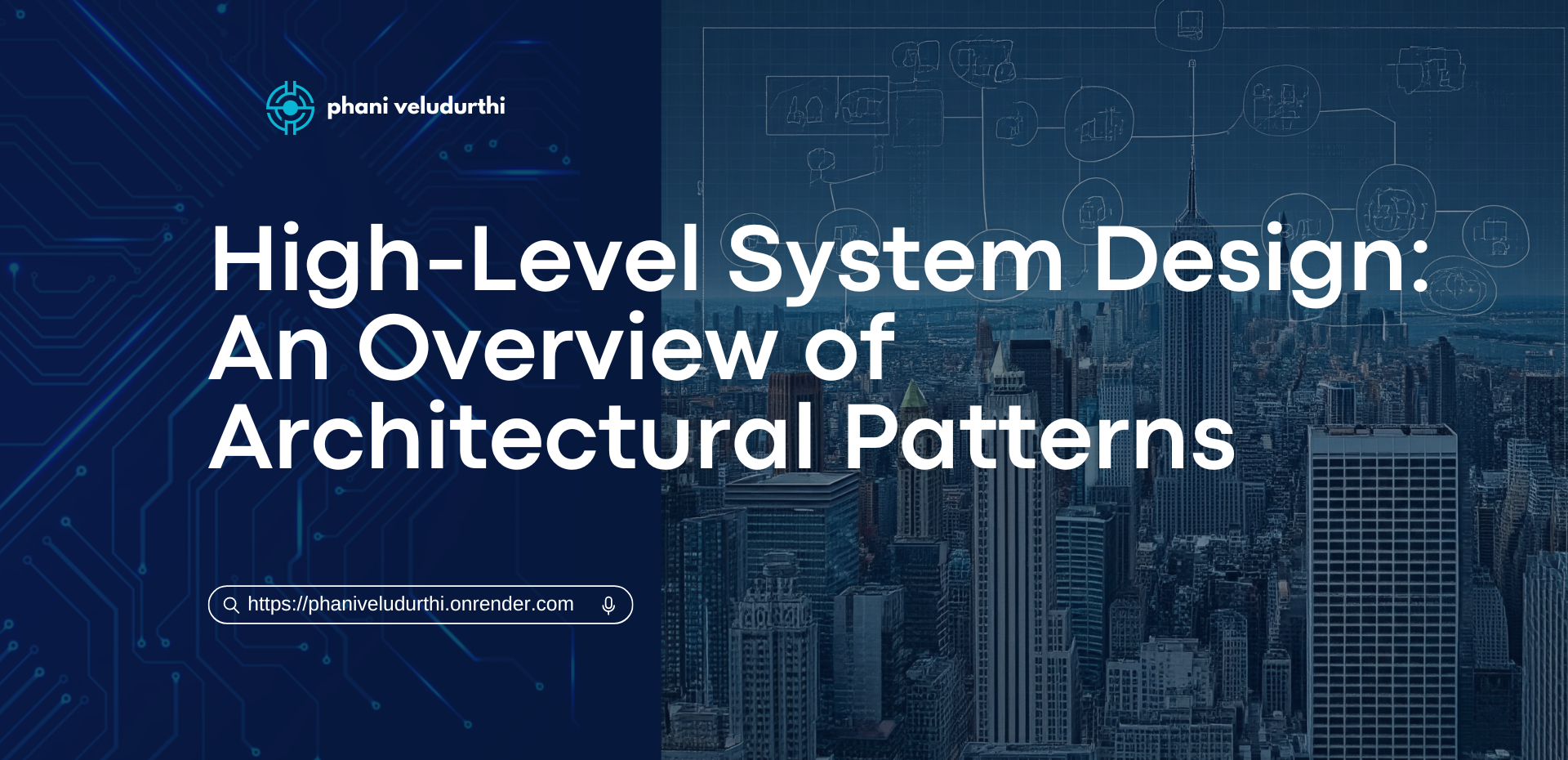
System Architecture: Definition, Importance, and Goals
System architecture is the high-level design of a software system. It defines the components of the system, their relationships, and how they interact to achieve the system's goals. System architecture is important because it provides a blueprint for the development of the system. It helps to ensure that the system is scalable, maintainable, and reliable.
The goals of system architecture are to:
Improve the system's quality
Reduce development costs
Increase the system's flexibility
Architectural Patterns: Definition, Benefits, and Common Patterns
An architectural pattern is a reusable solution to a common design problem in software architecture. Architectural patterns provide a proven approach to designing systems that are scalable, maintainable, and reliable.
The benefits of using architectural patterns are:
Improved communication among stakeholders
Reduced development time
Increased system quality
Some common architectural patterns are:
Layered
Client-server
Microservices
Event-driven
Architectural Styles: Overview of Different Styles
An architectural style is a high-level approach to designing software systems. Architectural styles define the overall structure of the system and the relationships between its components.
Some common architectural styles are:
Layered: The system is divided into layers, with each layer providing services to the layer above it.
Client-server: The system consists of clients that request services from servers.
Microservices: The system is composed of small, independent services that communicate with each other using APIs.
Event-driven: The system is triggered by events, such as user actions or messages from other systems.
Common Architectural Patterns
Layered Architecture:
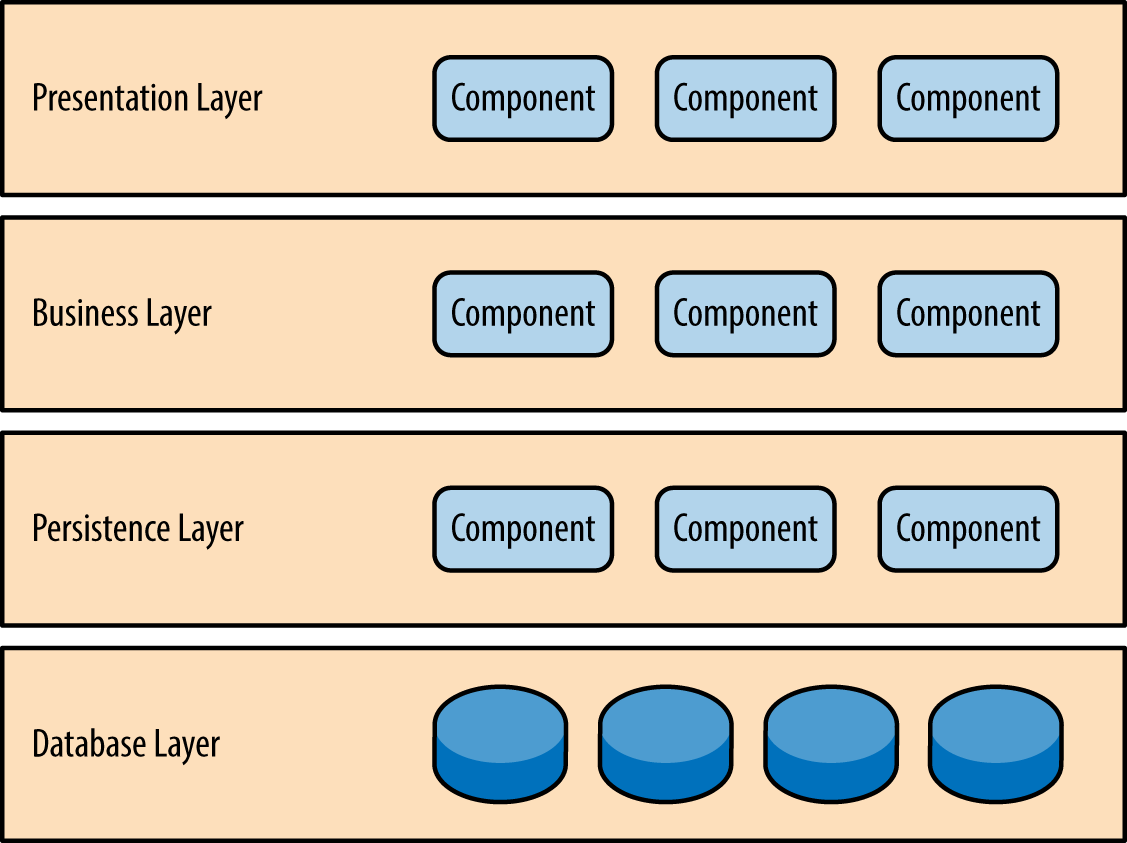
Benefits:
Improved modularity and maintainability
Clear separation of concerns
Easier to test and debug
Drawbacks:
Can be complex to implement
Can introduce performance overhead
Common layers:
Presentation: Handles user interface and interaction
Business logic: Implements the core functionality of the system
Data access: Interacts with databases and other data sources
Use cases:
Enterprise applications
Web applications
Client-Server Architecture
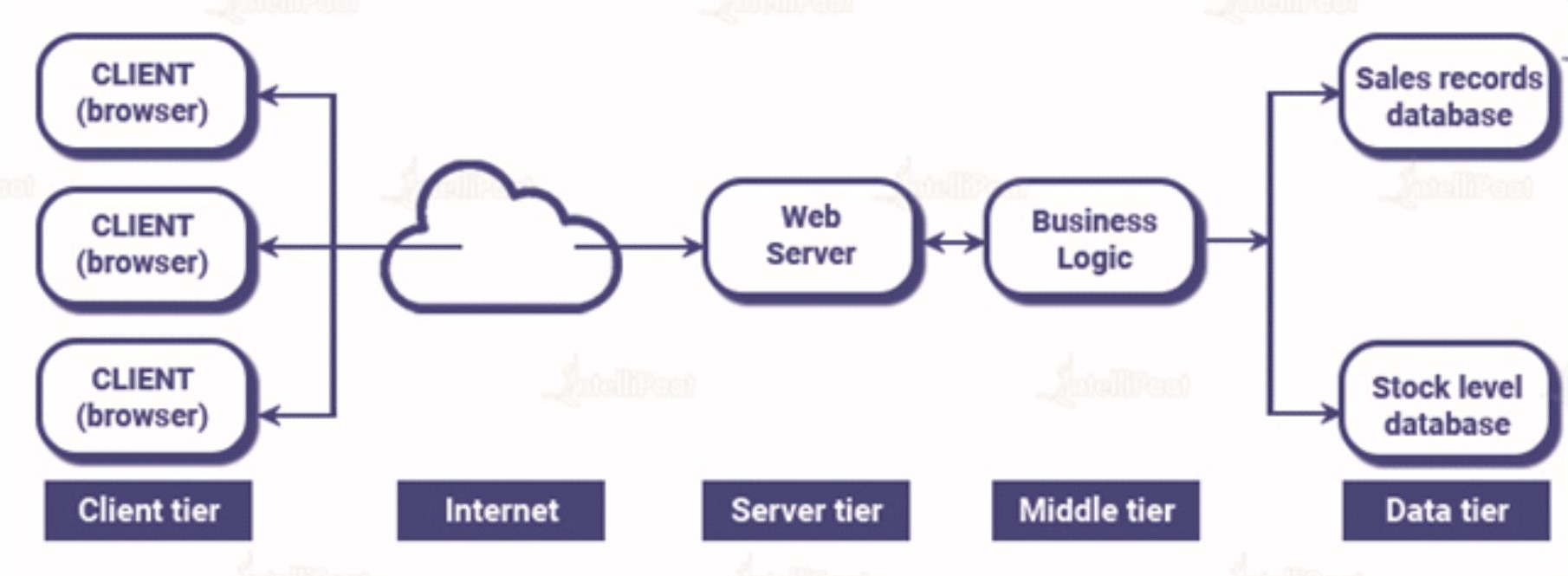
Benefits:
Scalability
Centralized management
Easier to maintain
Drawbacks:
Increased network traffic
Single point of failure
Types of servers:
Application: Handles application logic
Database: Stores and manages data
Web: Serves web pages and other content
Use cases:
Web applications
Networked applications
Microservices Architecture
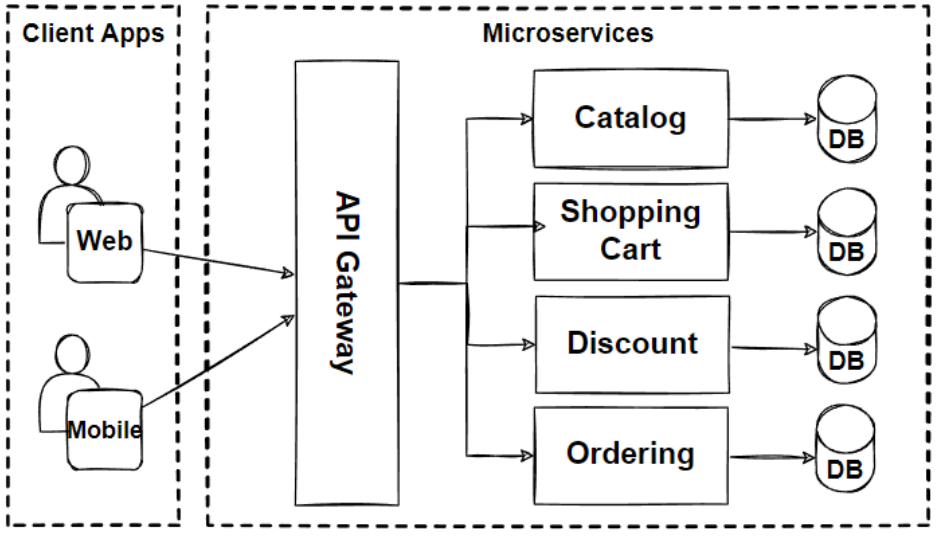
Benefits:
Scalability
Flexibility
Fault tolerance
Drawbacks:
Increased complexity
Requires distributed systems expertise
Key characteristics:
Modular: Each service is a self-contained unit
Independent: Services can be developed, deployed, and scaled independently
Distributed: Services communicate with each other using APIs
Challenges and considerations:
Distributed transactions
Data consistency
Network latency
Event-Driven Architecture
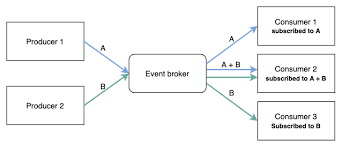
Benefits:
Scalability
Decoupling
Real-time processing
Drawbacks:
Increased complexity
Requires careful design and implementation
Components:
Publishers: Emit events
Subscribers: Consume events
Message brokers: Facilitate communication between publishers and subscribers
Use cases:
Real-time applications
IoT systems
Messaging platforms
Choosing the Right Pattern
Factors to Consider:
When selecting an architectural pattern for your system, several factors should be taken into account:
System Requirements: What are the specific needs and constraints of your system? Consider factors such as scalability, performance, reliability, and maintainability.
Team Expertise: What level of experience and expertise does your team have with different architectural patterns?
Project Constraints: Are there any time, budget, or technology limitations that need to be considered?
Trade-offs Between Patterns
Each architectural pattern has its own advantages and disadvantages. Here are some key trade-offs to consider:
Layered Architecture: Offers improved modularity and maintainability but can be complex to implement and introduce performance overhead.
Client-Server Architecture: Provides scalability and centralized management but can increase network traffic and create a single point of failure.
Microservices Architecture: Offers flexibility, scalability, and fault tolerance but can be complex to implement and requires distributed systems expertise.
Event-Driven Architecture: Provides scalability, decoupling, and real-time processing but can be complex to design and implement.
Best Practices for Pattern Selection
Here are some best practices for selecting the right architectural pattern:
Start with a high-level design: Begin by creating a high-level design of your system to identify its key components and relationships.
Evaluate multiple patterns: Consider multiple architectural patterns and assess their suitability based on your system requirements, team expertise, and project constraints.
Consider the long-term implications: Think about how your choice of pattern will impact the system's future development, maintenance, and scalability.
Involve the team: Get input from your team members to ensure that the chosen pattern is supported and understood by everyone involved.
Be prepared to adapt: As your system evolves, you may need to adjust or modify your chosen pattern to meet changing requirements.
Emerging Trends and Future Directions
Serverless Architecture
Serverless architecture is a cloud computing model where developers can build, run, and manage applications without having to provision or manage servers. This allows for greater scalability, reduced operational overhead, and faster development cycles.
Benefits of Serverless Architecture:
Scalability: Serverless functions can scale automatically to handle varying workloads.
Reduced operational overhead: Developers don't need to worry about managing servers or infrastructure.
Faster development: Serverless functions can be developed and deployed quickly.
Challenges of Serverless Architecture:
Vendor lock-in: Relying on a specific cloud provider can limit portability.
Cold starts: There can be a delay when a serverless function is first invoked.
Debugging and monitoring: Debugging and monitoring serverless applications can be more challenging.
Use Cases for Serverless Architecture:
Real-time data processing
Event-driven applications
API development
Web applications
Cloud-Native Architecture
Cloud-native architecture is a set of principles and practices for building and running applications in the cloud. It emphasizes scalability, portability, and resilience.
Key Principles of Cloud-Native Architecture:
Containerization: Using containers to package and deploy applications.
Microservices: Breaking down applications into small, independent services.
Continuous delivery: Implementing a continuous delivery pipeline for rapid application deployment.
API-first: Designing applications with APIs as the primary interface.
Technologies for Cloud-Native Architecture:
Kubernetes: A container orchestration platform.
Docker: A containerization technology.
DevOps: A set of practices for software development and operations.
CI/CD: Continuous integration and continuous delivery pipelines.
AI and Machine Learning in System Design
AI and machine learning are increasingly being used in system design to improve performance, efficiency, and user experience.
Applications of AI and Machine Learning in System Design:
Predictive analytics: Forecasting future trends and events.
Recommendation systems: Suggesting products or services to users.
Natural language processing: Enabling natural language interactions with systems.
Computer vision: Processing and understanding visual information.
Implications of AI and Machine Learning in System Design:
Increased complexity: AI and machine learning can introduce new complexities into system design.
Ethical considerations: AI and machine learning raise ethical questions about bias, privacy, and accountability.
New opportunities: AI and machine learning can create new opportunities for innovation and value creation.
FAQs
What is the most popular architectural pattern today?
Answer: Microservices architecture is gaining popularity due to its flexibility and scalability. However, the best pattern depends on your specific project requirements.
How do I choose the right architectural pattern for my project?
Answer: Consider factors like scalability, performance, maintainability, and team expertise. There's no one-size-fits-all answer, so evaluate your project's unique needs.
What are the key challenges of microservices architecture?
Answer: Microservices can introduce complexity with distributed systems, increased overhead, and potential consistency issues. Careful planning and management are essential.
How can I improve the performance of my system design?
Answer: Optimize database queries, use caching mechanisms, and consider load balancing. Regularly monitor and analyze performance metrics to identify bottlenecks.
What are some emerging trends in system design?
Answer: Serverless architecture and cloud-native design are gaining traction. Keep an eye on AI and machine learning's growing role in system design.
Subscribe to my newsletter
Read articles from Phani Veludurthi directly inside your inbox. Subscribe to the newsletter, and don't miss out.
Written by
